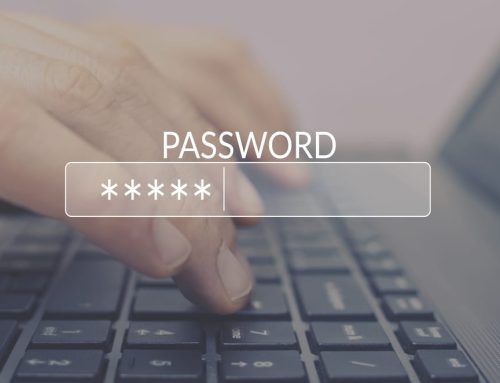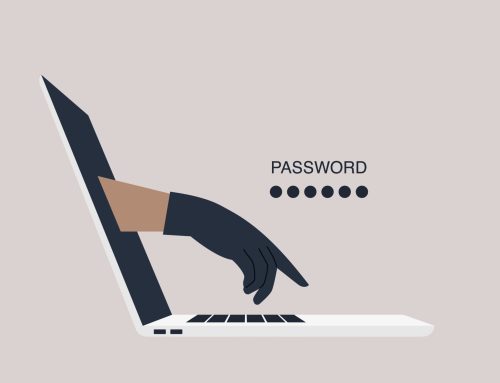Every small business uses the internet to do business. The ways to communicate with customers and suppliers, investigate markets, conduct financial transactions, and advertise and sell are commonplace. Most employees in a business use their IT systems intuitively. A few experts in IT around the office usually advise how to be cyber-aware and cyber-safe, but how would you really know if your information is secure?
What’s at risk?
Perhaps it is more useful to think of your IT systems security practices as similar to locking your doors at night. UK companies are at risk of cyber attacks every day. There are people trying to hack in, attempting to steal your money or your information.
There are several benefits to implementing a risk management approach to your IT security. It’s a competitive advantage to be viewed as a ‘safe company’. For smaller businesses, identifying ways to protect your equipment, reputation and customer information will see your business thrive.
When information is unintentionally or intentionally adjusted by unauthorised access, your cyber security has been compromised. At risk could be a deal you’ve been working on, new product designs, sensitive pricing information or manufacturing processes, to name just a few.
How is your business at risk?
The three main threats to your cyber security are:
• People you know – include those you do business with, employees and ex-employees.
• Criminals – deliberately out to steal or disrupt your business because they want money or simply don’t like what you do.
• Competitors – to gain the edge on your business, also known as espionage.
Cyber attacks are costly. Apart from direct thefts, there’s cost involved in cleaning up affected systems. Getting things running again is another headache. For example, for manufacturers, this can be especially frustrating, costing labour hours and affecting just-in-time supply chains relying on CRM systems. It can take days before things return to normal.
For online customers, the dreaded ‘website server can’t be reached’ message signals consumer panic. For businesses relying on trust in trade, there’s a direct loss. The threat of fines if found you haven’t done enough to protect personal data online, if lost or compromised, makes cyber security a serious responsibility.
Know which parts of the business are at risk
The first steps towards ensuring your IT systems are robust against cyber attacks includes listing your information assets. How could these be exposed? Are you subject to legal and compliance regulations and how so? Do you have a contingency plan to keep run-ning in the event of an attack? How can you manage risk on an ongoing basis?
Implementing an IT cyber security plan for your business can seem daunting, but it is really just a matter of getting expert advice. Ask the experts what security controls and products you need to service your assets, information, and customer trading processes. What suits outsourced and cloud IT services? Do you operate remote access to your servers and how should you secure that information? What regulatory compliance is necessary and in what part(s) of the world?
Train your staff to be cyber aware
Get advice about training staff to be aware of IT data security and the protocols you’d like to implement. A focus on their responsibilities goes a long way because after all, your people might notice if something is wrong and be an important alert if they re-spond well and are aware they need to.
Finally, ensure your system is reviewed, or get an outside agency to monitor and act on any threats, regularly reviewing your cyber security. Expertise is vital, as your business expands.
Make cyber security a part of your business risk management plans and build a trusted, reliable brand.
For a free assessment of the cybersecurity risks in your business why not attend one of our Cyber Security Workshops?








